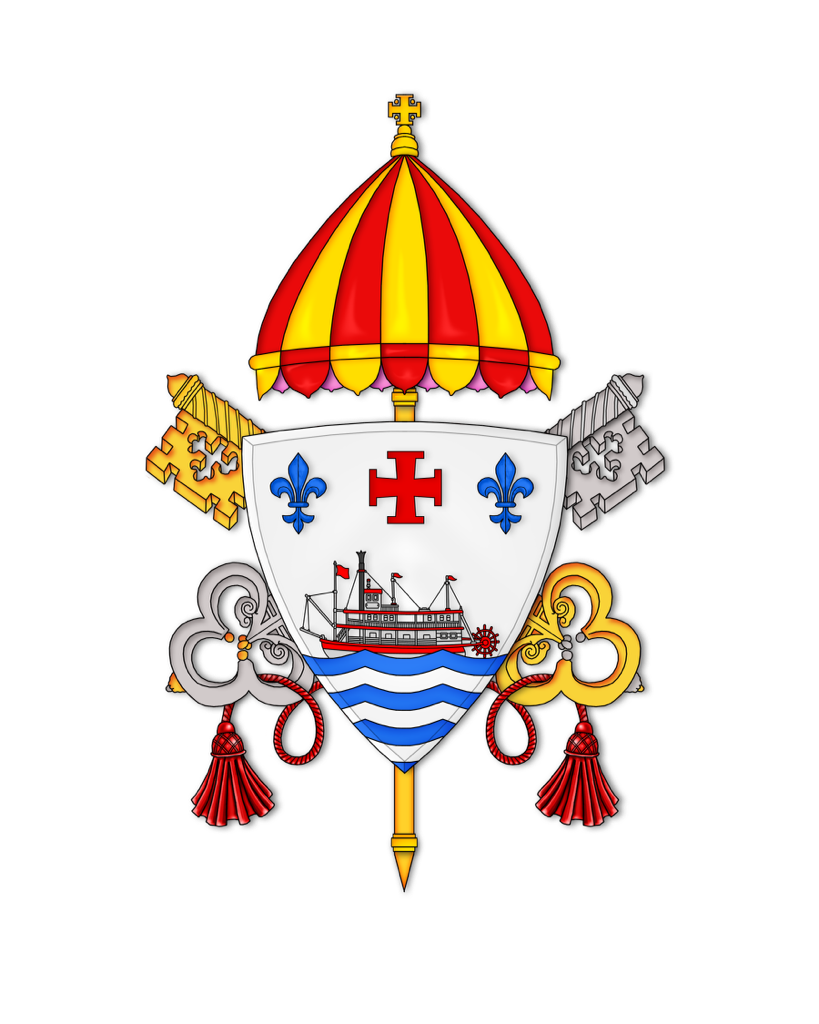Saint John the Apostle
Feast Day December 27
By Sam C. Tumminello Jr.
Originally a fisherman on the Sea of Galilee, John was the son of Zebedee and Salome and the younger brother of the Apostle James. The Beloved Disciple, John was part of the inner circle along with Peter and his brother James. As such John witnessed the resurrection of Jairus’s daughter, the transfiguration and the Agony in Gethsemane. Tradition has him going with Peter to the high priest’s home after Jesus’s arrest. He is also notably the only apostle who witnessed the crucifixion, and at the foot of the cross received Mary in his household at the bequest of Christ. The youngest of the Apostles, John is the only one not to have died a martyr. He was exiled to the Greek island of Patmos where he lived to a considerable old age.
Besides Paul, John is also the only Apostle whose writings are included in the New Testament. He contributes not only a Gospel but Epistles as well. While it is thought that he may have been the author of the Book of Revelations, scholarly support of this has waned in recent years. Considering this, one may conclude that he stands besides Peter and Paul in shaping the Christian faith.
If taken as an allegory, St John the Apostle represents us as the individuals that collectively make up the faith. From the humble beginnings of Christianity to the its infinite future, St John bore witness to the divinity of Jesus, the power of God’s love and depth of God’s love. Taking Mary into his household and his prodigious written contributions to the New Testament speak of Christians’ responsibility to preserve the faith for the next generation and expand the breadth of it evermore. Similarly, his death in exile is a subtle reminder that being a follower of Jesus necessarily means hardships. Yet it does not mean that the hardship will be in the form of a climatic martyrdom. This allegory, considering John’s significance to the faith, is the sobering reminder that the contribution of a mere faithful Christian cannot be taken for granted.
St. John the Apostle’s feast day is December 27. His symbols include a book or scroll for his authorship and an eagle for the inspirational nature of his writings. Additionally, he is associated with a cauldron and a poisoned chalice from the legends of various failed attempts to kill the saint. He is the patron of love, loyalty, friendship and most every profession associated with writing. In Saint Mary Basilica, he is depicted in stained glass and in the painting behind the altar alongside the other authors of the Gospels.
St. John the Apostle is often depicted without a beard because he was the youngest apostle. In our window he holds a scroll signifying his contribution found in the New Testament. He also holds a chalice for the failed attempt to poison him. He was the only apostle not martyred.
Return to The Saints of the Basilica

Memory of Bishop John Joseph Chanche
Stain glass window in St. Mary Basilica
The Basilica of Saint Mary
105 South Union Street
Natchez, MS 39120

Church Office @Family Life Center
613 Main Street
Natchez, MS 39120
601.445.5616 | Email